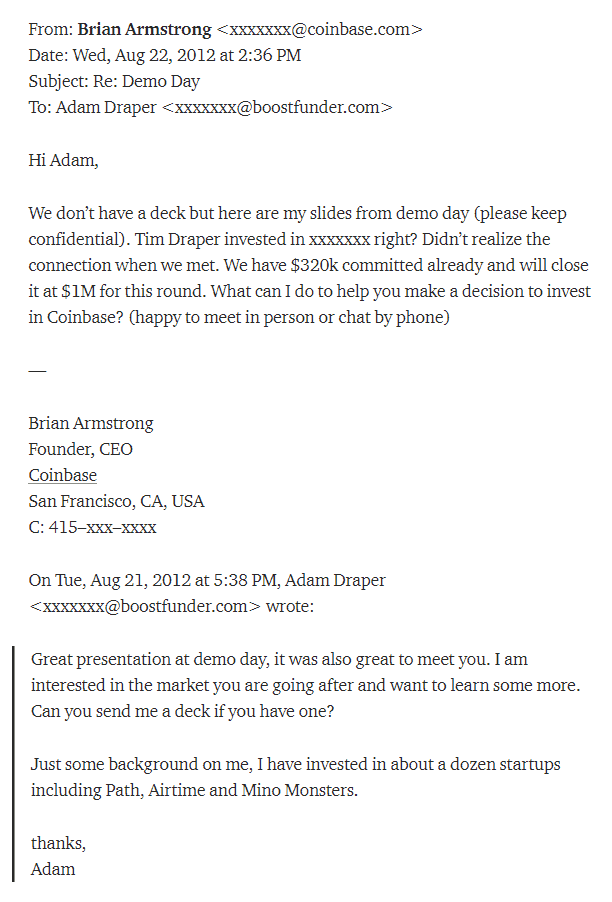Pitch Deck 101
An entrepreneur’s guide to pitch decks
What Is Pitch Deck: A Guide For Entrepreneurs
For the new entrepreneurs, getting an appointment to meet investors and present their startup idea is a big achievement. But what usually follows is a big disappointment as only 0.91% of such entrepreneurs succeed in getting funded by angel investors, and only 0.05% succeed in getting venture capital funding.
You wouldn’t want to be in that 99.09%. And to make sure that you put your best foot forward when you meet the investors, you need to have a detailed yet easy to understand pitch deck to present.
But what is a pitch deck and how do you create one? Read on to find out the meaning, importance, examples, templates and a how to develop a pitch deck guide.
What Is Pitch Deck?
A pitch deck, also known as an investor pitch deck or a startup deck, is a brief presentation that entrepreneurs put together to give a quick yet detailed overview of their business to potential investors and raise funding to back their vision.

In essence, a pitch deck is a slide-based presentation designed to give a quick yet detailed summary of –
- Your business
- The market it operates in
- Your startup’s underlying magic
- The current traction (in numbers)
- Your startup’s future goals and vision
- How you plan to achieve these goals
- Why the investor should invest in your startup
It’s a mix of good design, aesthetically pleasing slides, precise-concise-updated information, accurate market and competitor analysis, and viable growth metrics, and a vision worth investing into.
Ad

Why Is Pitch Deck Important?
Pitch deck is the first communication tool used by the entrepreneurs to reach out to potential investors – either through emails or in person.
It acts as a sales pitch of a startup for the investors and make them understand the startup in the manner they are accustomed to.

Objective Of A Pitch Deck
The overall objective of a pitch deck is to give investors a reason to believe that the startup is viable and worth investing.
However, unlike the TV shows, investors don’t invest in a startup just after being presented the pitch deck. It takes a lot of meetings to finalize the deal.
So, the main objective of a pitch deck is to make the next meeting with the investor possible and to make him/her open to negotiations.
Adam Draper, one of the initial seed investors of Coinbase, invested in the startup after receiving the pitch deck over an email. Of course, he didn’t invest just after reading the startup deck. He held a few meetings with the founders before finalizing the final contract. But it all started with a pitch deck.
Features Of A Pitch Deck
The pitch deck is all about simplifying the complicated working of your business and the market it operates in to the investors and other stakeholders interested in your business, with a motive to generate their interest in your startup.
In essence, a good pitch deck should
- Be easy to understand,
- Be informative and appealing, to create a feeling of FOMO, and
- Be trustable.
What Are The Types Of Pitch Decks?
Practically speaking, you should develop two different sets of pitch decks.
- Email Deck: with a lot of text and information, which is shared with potential stakeholders via email.
- Presentation Deck: with more visuals, that is used by you to present to investors in person. Less text and more visuals help you get more attention the presentation compliments your claims.
How Many Slides You Should Have In Your Pitch Deck?
According to a study by Docsend, length of an average pitch deck is 19.2 pages and the average time spent by an investor on reading a pitch deck is 3 minutes 44 seconds.
So, in essence, your pitch deck should have less than 20 pages as the investor will not spend more than 4 minutes reading it.
But if you’re an established startup with good traction, don’t worry if your pitch deck has more than average slides, considering that they add value to your stance. In fact, according to a study by SketchDeck, a Series A deck can have 3x more statistics as compared to seed decks.
What Slides Are Included In A Pitch Deck Presentation?
Combining the study by Docsend, the format suggested by Guy Kawasaki, the template provided by Sequoia Capital, and our own experience, we’ve selected the 12 most important slides that should be there in your pitch deck.
- Company/Purpose/Intro
- Problem
- Solution
- Why Now
- Offering
- Market
- Competition
- Traction
- Business Model
- Team
- Financials
- Ask
Explore The Next Chapters

